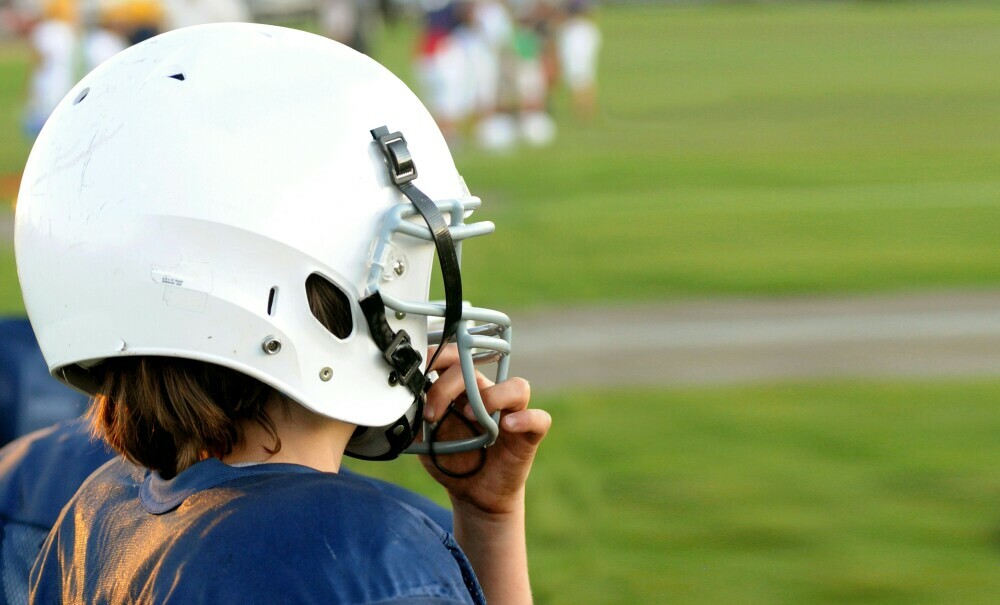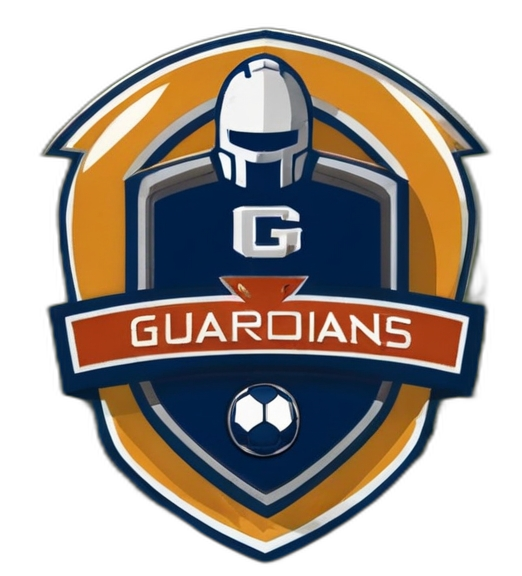
I’m going to kick things off by diving into the vital role that football helmets play in the sport’s youngest athletes. With the growing number of kids suiting up to play football, the need for top-tier protection is at an all-time high. We’re seeing a surge in safety technology as companies strive to construct helmets that can reduce the risk of head injuries.
This isn’t just about picking the flashiest helmet; it’s about understanding the interplay between safety, performance, and style that these helmets bring to the field. Today, I’m going to be talking about the pros and cons of the most popular youth football helmets across the globe, and trust me, there’s a lot to unpack.
You’re going to find out about the standout features which set these helmets apart from each other. I’ll help you navigate through the dense market, arm you with knowledge about safety certifications, and offer a sneak peek into real-world experiences from parents and coaches. So, if you’re on the hunt for a youth football helmet, you’ve come to the right place.
Now, before we get into the thick of things, remember: a helmet’s importance extends far beyond the football field. A properly fitting and well-made helmet not only protects young players but also boosts their confidence, allowing them to focus on the game and develop their skills safely.
Safety Standards and Certification: What to Look for.
When you’re in the market for a youth football helmet, the starting point is always safety. Each helmet on the market must meet specific standards to ensure its fit for the field. In the US, the National Operating Committee on Standards for Athletic Equipment (NOCSAE) sets the guidelines. So, you’ll want to ensure that any helmet you consider is NOCSAE certified.
But there’s more to it than just checking off the certification box. The Virginia Tech Helmet Rating System takes it a step further, providing a more in-depth look at how different helmets can reduce concussion risk. They use a star rating system, where more stars mean better protection. However, it’s vital to remember that no helmet can promise to prevent concussions entirely.
Even with these certifications and ratings, there’s a catch. Certifications are not permanent and can expire as standards are updated. It’s essential to check that the helmet you’re eyeing is certified against the latest NOCSAE standards. You can typically find this information on the manufacturer’s website or by contacting them directly.
Remember, certifications and ratings are benchmarks, not guarantees. They are part of a broader conversation about safety in youth sports that includes proper coaching, technique training, and overall awareness. Encouraging safe play is just as crucial as the equipment used.
Top Helmets on the Market: Features and Benefits
You’re going to find out about some of the big hitters in the youth football helmet arena. Brands like Riddell, Schutt, and Xenith are often on the top of the list when it comes to high-quality options. Each one of these brands brings something unique to the table, ensuring there’s a helmet that fits every young player’s needs.
- In my opinion, one of the key features to look out for is impact absorption. Helmets are now equipped with cutting-edge cushioning materials like TPU (Thermoplastic Urethane) and specialized foam liners that do a stellar job at dissipating collision forces. Also, let’s talk about the shell design: newer models favor polycarbonate shells that are tough yet lightweight, making them a solid choice for proactive protection.
- Comfort is non-negotiable, and helmet manufacturers know this well. Most top-end helmets offer an array of comfort features, including moisture-wicking liners, air circulation vents, and customizable padding. This ensures that the helmet feels like a natural extension of the player, rather than a bulky add-on.
- Choose something that resonates with you when it comes to fit customization. The ability to fine-tune how a helmet sits on your head can make all the difference—both for safety and comfort. Options like inflatable liners and adjustable jaw pads help create that perfect snug fit, preventing the helmet from sliding around during play.
Comparing these helmets isn’t just about internal features; weight and field of vision are pivotal. Lighter helmets help in reducing neck fatigue, which is crucial for younger players whose muscles are still developing. Meanwhile, an expanded field of vision allows players to keep their eyes on the ball and opponents without obstruction.
This isn’t just about picking any helmet off the shelf—it’s about equipping young athletes with the best possible gear. Stick around, because up next, we’ll look into some of the potential cons. The perks of high-end helmets are clear, but they do come with their own set of challenges that need to be factored into your decision-making process.
Assessing the Downsides: Potential Cons of Popular Helmets
You’re going to find out about the other side of the coin now. It’s not just about the advanced technology and sleek designs; popular youth football helmets have their downsides, too.
The first concern, and a big one for many, is cost. The most sought-after helmets with the latest tech can put quite a dent in the wallet. I’m talking top-dollar for the top-shelf models. And if you’re thinking about outfitting an entire team, those numbers really start to add up.
- While we like to think these helmets can do wonders, they may give a false sense of security. Just because the helmet ranks high on safety features doesn’t mean injuries can’t happen. It’s crucial to pair a good helmet with proper tackling techniques and awareness.
- Some helmets might tip the scales on weight, which can be a real issue for younger players. They need to move fast and stay agile, and a bulky helmet might compromise that. Plus, heavier helmets could increase neck strain over a long game or season.
- Don’t overlook the maintenance needs, either. High-tech helmets often come with complex care instructions, and failing to maintain them properly can compromise their protective qualities. And when it comes to longevity, even the best helmets have expiration dates.
Now that we’ve looked at the potential drawbacks, it’s important to see what those most affected by these factors have to say. Coming up next, we’ll dive into firsthand accounts from parents and coaches. They’ll be shedding light on how these helmets stand up to real-world use, from the practice field to the big game.
Parent and Coach Perspectives: Real-World Helmet Experiences
You’re going to find out about what parents and coaches really think about these youth football helmets. Their insights are invaluable because they see the effects that different helmets can have on the kids who wear them. I’ve gathered some testimonials and opinions to bring you the fuller picture.
Many parents rave about the advanced safety features and how helmets give them peace of mind. Adjustable padding and better locking systems get mentioned a lot for their role in improving fit. But it’s not all sunshine; some parents are vocal about the complexities that come with high-tech designs and how they can be a challenge for kids to use properly.
Coaches often spotlight helmets that withstand the rigors of the game, balancing safety with performance. Durability is a common point of praise, especially when helmets maintain their shape and protection levels throughout the season. That said, coaches sometimes share concerns over helmets that are too bulky, which they say can restrict the players’ head movement and potentially affect their ability to see the play develop.
A big topic among the football community is the way helmets interact with player development. The goal is always to keep young athletes safe. However, there’s an ongoing conversation about ensuring that players learn proper technique instead of relying too heavily on their gear for protection.
I’m going to transition now to what you need to consider if you’re thinking about buying one of these helmets. This includes not only what you’ve heard from parents and coaches, but also practical advice to ensure you make an informed, safety-oriented decision for your young athlete.
Making the Right Choice: A Buyer’s Guide to Youth Football Helmets
You’re going to find out that investing in a quality youth football helmet is more than a purchase; it’s a commitment to your young athlete’s safety and well-being. When selecting the right helmet, consider the player’s age, head size, and skill level to ensure the best fit and protection.
- A properly fitting helmet is paramount. Don’t skimp on a professional fitting session — it’s crucial. This ensures the helmet snugly cradles the head, reducing the risk of injury during those intense plays on the field.
- Regular care and maintenance of the helmet can’t be overlooked. Cleaning the helmet’s interior and exterior extends its life and maintains hygiene levels. Keep an eye out for signs of wear, such as cracks or degraded padding, and know when it’s time to replace the helmet.
- Remember, safety is a team sport. Keep up with the latest safety research and advancements in helmet technology. Encourage open dialogue among players, coaches, and sports health professionals to continuously improve safety practices.
At the end of the day, the well-being of young athletes is the top priority. With the right helmet snugly in place, your youth player can focus on developing their skills, enjoying the game, and, most importantly, having fun. Because when safety comes first, everything else falls into place on the gridiron.
